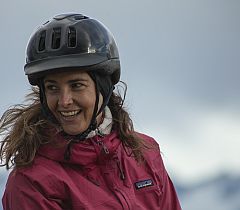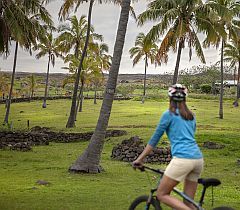Tangata Manu: the death-defying ancient competition that Easter Island was built upon
The Tangata Manu or Bird-Man competition is a founding stone of ancestral Rapa Nui culture. The cult event was celebrated every spring, heralded by the the arrival of the migratory manutara bird. Its outcome determined the governorship of the island for the coming year but this power dynamic underwent changes over the course of time. The Tangata Manu is remarkable not only for its danger, but also for its religious and sociocultural significance. Its myths live on, inscribed both in the archeology of the island and in the living oral tradition of the Rapa Nui people. Here we explain how.
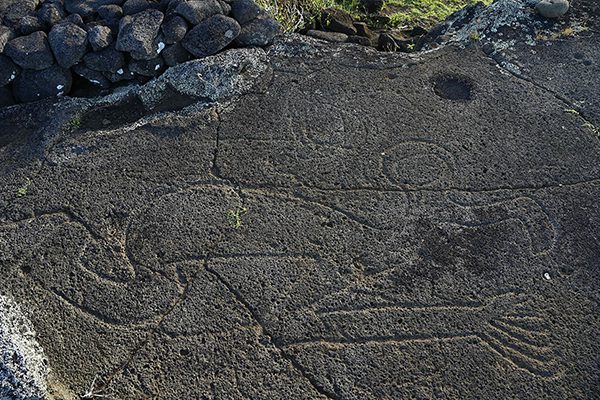
Competitions, celebrations and festivities have been an essential part of Rapa Nui culture since ancient times. The volcanic island of the Polynesian archipelago is rich in history marked by athletic feats. None, however, comes close to the Birdman.
For over a hundred years, the island´s wild seas and cliffs proved the arena and subsequent throne room for the birdman, who would be honored at the Tangata Manu´s conclusion and govern the island for the subsequent year.
The beginnings of the Birdman
Around the 17th century, Rapa Nui culture experienced political, religious and social upheaval. Profound changes in belief systems and power structures led to new ceremonies and rituals wherein birds – represented in legends, paintings and engravings – took on important societal significance.
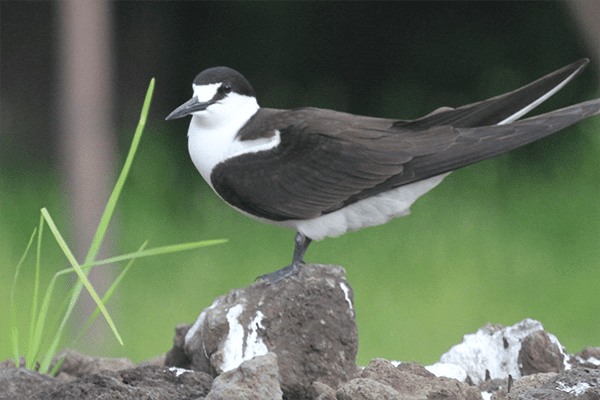
“Birds came to be considered a link between the world of the living and the spirit world,” explains Cristián Moreno Pakarati in Moevarua magazine. “They were messengers of spirits, of ancestors and of the gods.” Moreno is an historian and expert on Rapa Nui culture.
It was during this period, experts believe, that a creator god referred to as Make Make emerged in the island´s ancestral cultural identity. The birdman competition was born in reverence to this deity with the island´s respective clans taking part.
This homage to the god Make Make was carried out in the southwest of the island, between the village of Orongo – currently the largest archaeological and ceremonial site on Easter Island – and the islets Motu Nui, Motu Iti and Motu Kaokao. These three sites are important bird nesting areas located just off the shore from the majestic Rano Kau volcano.
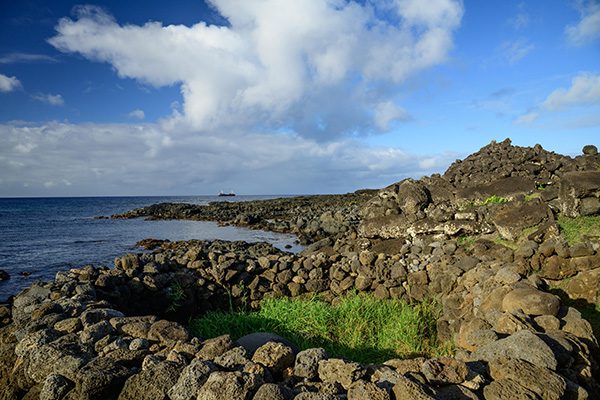
The competition would begin each spring once the migratory manutara seabird arrived to nest. Its name means lucky bird, since its arrival signified the end of the cold winter and the beginning of a time of abundance. The Tangata Manu centred on the collection of one of these eggs from the very hard to reach islets, then returning with the egg intact to the finish line with the egg bound to competitors´ heads.
“Oral tradition suggests that the Manutara is a sooty tern (Onychoprion fuscatus), a bird that flocked in hundreds of thousands of pairs to Rapa Nui to nest,” explains Sebastián Yankovic Pakarati, an ornithologist with a master’s degree in Protected Natural Spaces and current director of the Rapa Nui Koro Nui o Te Vaikava Marine Protected Area.
A competition where power, strength and honor held force
Prior to the birdman, governorship of Rapa Nui had been hereditary, yet the advent of Tangata Manu meant different clans had a chance to rule, constituting a dramatic socio-cultural shift for the people of Easter Island.
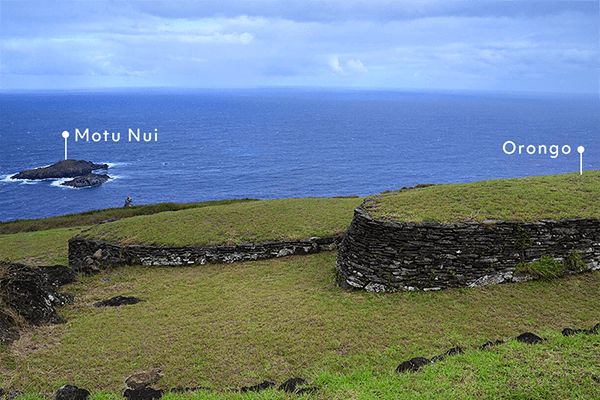
At the start of each competition, the priests or Ivi Atua chose the competitors or Hopu Manu who would represent each Rapa Nui clan. The competitors had to be young, strong, brave men, equipped with the necessary survival skills to confront the challenge ahead.
“Competitors had the task of returning with a manutara´s egg. Their respective chiefs or ariki would then have the chance to rule until the next annual cycle of migratory birds arrived. The competitor had to be extremely strong, agile and skilled to climb down the cliff, swim to the Motu, wait until the birds laid the first egg, then successfully return with it to the village of Orongo,” explains Yankovic Pakarati.
If waves and sharks were not obstacles enough, competitors often had to wait on the islets for days, or even weeks, for the Manutara to lay its first egg. They also had to be wary of their adversaries who, at any moment, could steal their egg and snatch victory. The Tanagat Maru was a high-risk competition and participants often died.

Once the competitor or Hopu Manu had successfully obtained the egg on the islet he had to shout to a messenger stationed in a cave in the cliff face, who in turn would notify the leader of the competitor´s clan with the words “Ka Varu Te Puoko” meaning “cut your hair.”
The competitor still had the task of returning with the egg intact to his clan leader in Orongo. The leader would have had his hair shaved and his body painted red and white. In a ceremony the Hopu Manu would give him the egg and he would be recognized as the birdman and the island´s new leader.
During the competition, the expectant clans held a great party at the top of the Rano Kau volcano, at the ceremonial Orongo site. Here they would witness the arrival of the winner and celebrate the new leader. Along with political and military power, the new ruler would also enjoy personal privileges as well as privileges for his clan members-
According to myths and the oral tradition of the Rapa Nui people, it is said that cannibalism was practiced during these festivals and ceremonies, whereby members of opposing clans were sacrificed in the nearby Ana Kai Tangata cave.

The Birdman legacy
The sooty tern or Manutara sadly no longer migrate to the island due to habitat loss, the introduction of exotic species and the indiscriminate extraction of eggs for human consumption, as Sebastián Yankovic Pakarati explains. However there is a glimmer of hope.
“In December 2022 approximately 300 nesting pairs arrived on neighboring islet Motu Motiro Hiva. This is very encouraging raising hope that this culturally important bird could one day return to the island,” the ornithologist adds.
The cult of the birdman is most certainly a key cultural moment in the history of Easter Island. Research by the English anthropologist and archaeologist Katherine Routledge suggests the last competition took place in 1866 or 1867, with the last winner being a man named Rokunga.
The cult status of the competition was waning in the last years the Tangata Manu was held. Thjs was reflected by more than one birdman existing simultaneosuly and the fighting that proliferated between rival clans when they woud not cede power giving up power or have simply emerged new benefits for the winning tribes. However, the main reason Tangata Manu disappeared was due to the arrival of the first settlers and missionaries to the island who prohibited the competition.
Today, in the ceremonial site of Orongo, around one hundred stones carved in the birdman likeness – with its human body and a bird´s head that bares an egg – can be found. These carvings, it is believed, were made in the likeness of each winner after each competition was completed. Also, cave paintings have been found on the Motu Nui islet where the Hopu Manu awaited the eggs to be laid. All this evidence points to the rich historical and archaeological culture heritage that the Tangata Manu continues to represent to this day.
